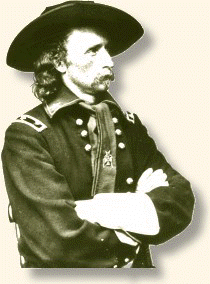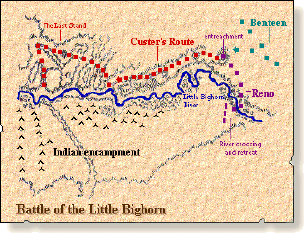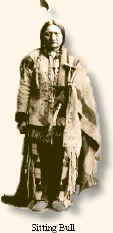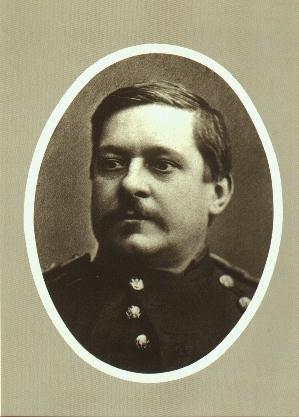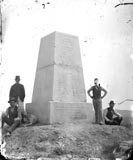|
|
||
|
|
|
|
| On the day of June 22, 1876 Lieutenant Colonel George Armstrong Custer set out for Montana on a 78 mile journey that took near 24 hours. Custer, hoping to become president one day, thought that by destroying a Sioux and Cheyenne Indian village he could fulfill this dream. He and about 600 soldiers arrived on June 25, 1876 at about 3:00 p.m. (Chicago time) and immediately attacked, but didn't make much of an impact on Sitting Bull's 4,000 men. Reno and his men were the first to attack. The Indians were caught off guard. | ||
|
Major Marcus Reno and his column (divided into three columns) were held on a bluff, later to be called Reno hill, about four miles from the battlefield. Captain Frederick Benteen soon joined and the two columns became the only white survivors. All of Custer's troop had been wiped out. In the two surviving columns were about 400 men. They waited for two days until the battle ended and another 24 hours for the Indians to flee.
|
|
|
| The Indians thought they had won after they defeated most of the first attackers. As Crazy Horse came up the Indians were surprised again to see Custer's five companies come over the hill. Many Indians did not expect to be victorious. Fallowing the attack Indian women sliced Custer's ears so he would hear them better. He had promised peace with them but still attacked. | ||
| Just a few days before Sitting Bull was involved in a Sun Dance. He and his band fled safely to Canada afterward. Custer tried to use the same strategy as he had in Washita but failed. | ||
| The white leaders included men of the 7th Cavalry such as: Lieutenant Colonel George Armstrong Custer, Major Marcus Reno, Captain Frederick Benteen, General Alfred Terry, and General George Crook. Indian chiefs like Sitting Bull, Gall, and Crazy Horse led the Indians to victory. | ||
| This battle, along the Little Bighorn River, took place some nearly 120 years ago. Today, it's also known as Custer's Last Stand. Many believe that the gold rush led to the initial attack. Two days later on the 27th Terry went back to rescue the survivors and bury the dead. Now stands the Little Bighorn Battlefield National Monument established in 1886. It was previously called Custer's Battlefield National Monument until 1991. | ||

